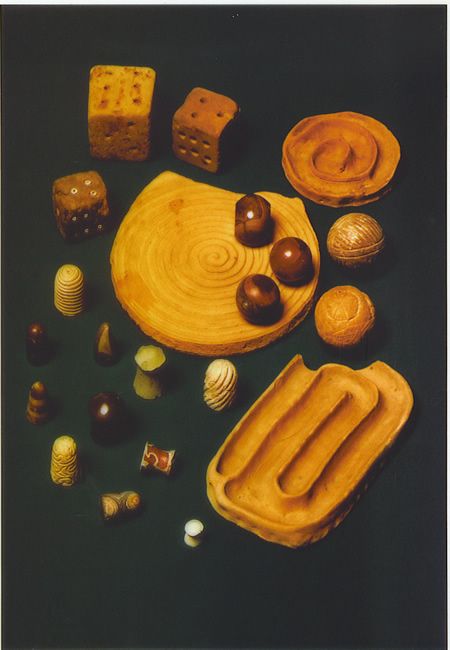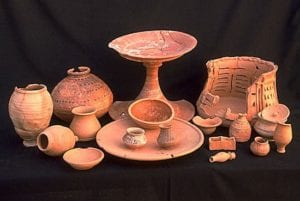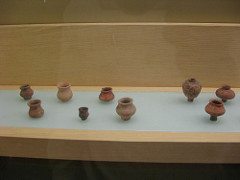Play is the highest expression of human development in childhood for it alone is the free expression of what is in a child’s soul. – Friedrich Froebel
Friedrich Froebel, known as the ‘Father of Kindergarten’, was the first person to lay the foundation for modern education, and also stressed on the importance of play. His philosophy revolutionised the concept of play. He recognised the fact that children have unique needs and capabilities, which has to be tapped, to help children preform to their full potential. Froebel was an ardent follower of Pestalozzi, whose philosophy he took forward and refined it, creating the concept of ‘kindergarten’, and also developed educational toys called as ‘gifts’ for children.
Let’s look in detail the meaning and concept behind kindergarten approach, for which I have to take you back to 18th and 19th century history, which has been a good source for me to know more about Froebel and kindergarten approach or it can be called as philosophy too.
Froebel was also born to a German family, but lost his mother when he was just a nine month old infant. Froebel never got love and attention from his father, which left him with a yearning which was never satisfied. Froebel spent most of his childhood playing in the garden and being amidst nature, which was a great learning experience to him, the of nature was to such and extent that it became a part of his philosophy too.
Literature review suggests that Froebel tried different kinds of employment which was not successful in giving him a sense of satisfaction. Finally a job as a teacher at a progressive model school in Frankfurt, which worked on the basis of Pestalozzi’s philosophy, convinced Froebel to take up his vocation as teaching.
.
Froebel soon discovered the short comings of Pestalozzi’s philosophy and decided to start a school of his own. In 1837 he founded ‘Child Nurture and Activity Institute’, which he later changed as ‘Kindergarten’.
Kindergarten means ‘garden of children’, to this I also another quote of Froebel, which will help understand the word kindergarten better. “Children are like tiny flowers: They are varied and need care, but each is beautiful alone and glorious when seen in the community of peers.”
Prior to Froebel’s kindergarten, children under the age of 7 did not attend school. It was believed that young children did not have the ability to focus or to develop cognitive and emotional skills before this age. However, Froebel expressed his own beliefs about the importance of early education in the following way: “. . . because learning begins when consciousness erupts, education must also.” (Cited from Scholastic Early Childhood Today).
Froebel philosophy of kindergarten believes in creative play and self activity, singing and dancing for healthy activity and observing and nurturing plants in a garden for stimulating awareness of the natural world. This philosophy gives freedom to the children to explore things as per their wish, with the role of the teacher being just there to facilitate and encourage their self expression through play. A typical kindergarten approach helps develop physical, emotional and social skills in children.
Froebel believed that women had the natural motherly instincts which made them more suitable to play the role of a teacher, but he looked upon men as fatherly figures too, and felt both must be an important part of a child’s education. Froebel believed in the whole family being a part of the education process and not just the child. This very belief of his comes out of his early life experiences where he didn’t have the blessing of a nurturing environment. A typical classroom set up was also envisaged by Froebel, where children were given table and chair which they could use to work on ‘gifts’.
Froebel’s most important contribution to kindergarten were ‘gifts’ or ‘occupations’. These are educational toys consisting of spheres, cubes, prisms and other things which were designed to stimulate learning. Also another contribution from Froebel is he started a publishing firm for play and other educational materials, also including a collection of Mother-Play and Nursery Songs, with elaborate explanations of their meanings and use. These books have been translated into many other foreign languages and have been immensely benefited by it.
The modern day preschools and kindergarten have been benefited a lot by Froebel, but the essence of the philosophy is completely lost. A modern day kindergarten now a days known as ‘PreKG, LKG and UKG’, don’t seem to follow the kindergarten method, but revert to reading and writing, with little importance given to play and singing. ‘Gifts’ are completely out of the picture, the classroom atmosphere appearing more rigid and disciplined.
Froebel says, “Play is the highest level of child development . . . It gives . . . joy, freedom, contentment, inner and outer rest, peace with the world . . . The plays of childhood are the germinal leaves of all later life.” So lets hope and work towards making play an important part of a child’s life.
By Dr.Srividya.K



